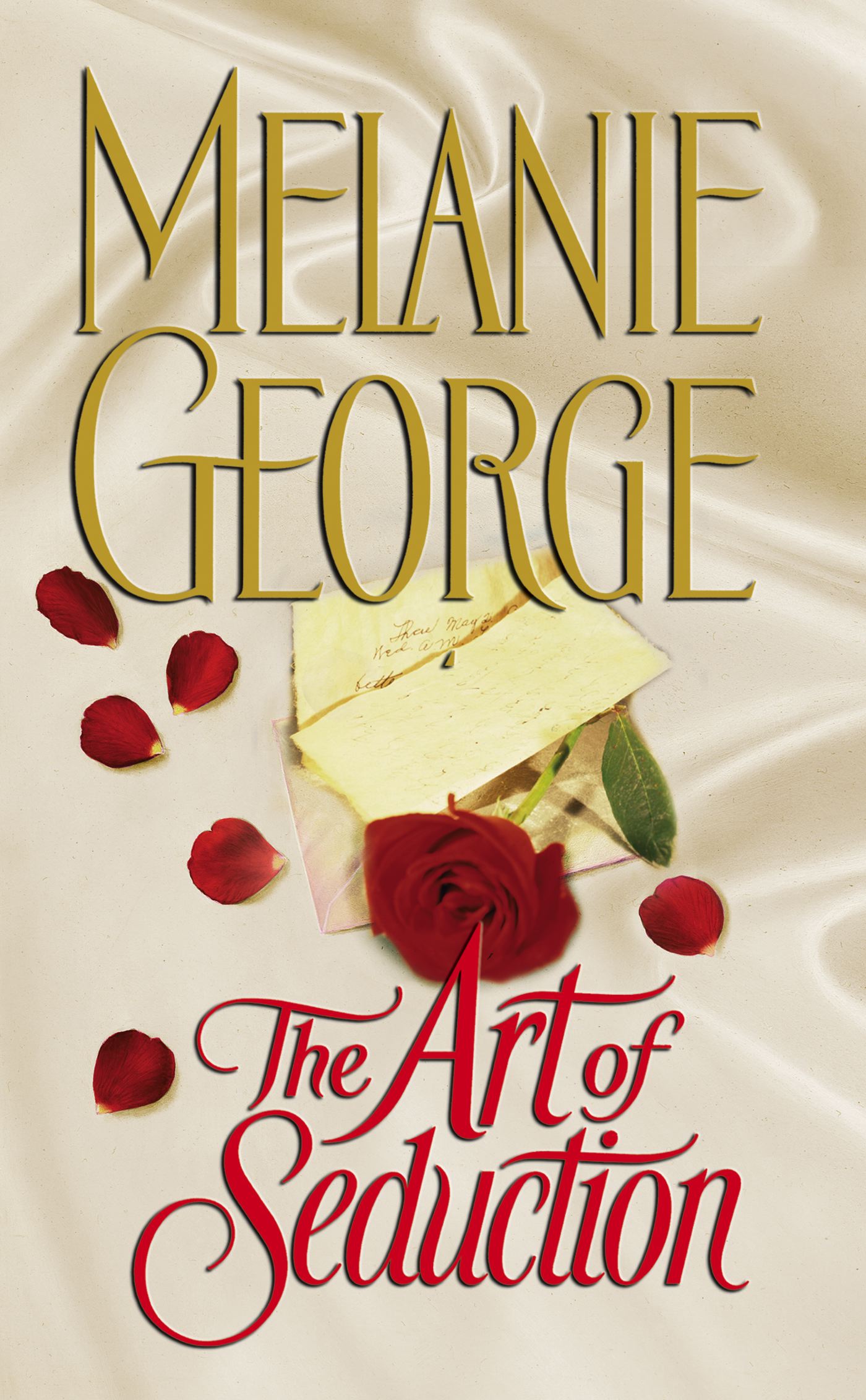What if mastering the art of seduction was not merely about charm, but an intricate dance of psychology and strategy? In a world often dominated by superficial interactions and social media facades, many yearn for genuine connections. Boldly, Robert Greene proposes in his thought-provoking masterpiece, “The Art of Seduction”, that seduction is not just an enticing pursuit, but rather an essential maneuver in the grand theater of life.
With his characteristic blend of historical anecdotes and cunning insights, Greene invites readers to navigate the enigmatic realm of attraction. What exactly makes someone irresistible? Could it be an alluring aura, a touch of mystery, or perhaps the sheer confidence they exude? This intricate inquiry forms the crux of Greene’s exploration, ultimately presenting seduction as an art form—one that anyone can cultivate.
The book meticulously outlines various archetypes of seducers, each embodying distinct qualities that can enchant those who encounter them. Among these archetypes, the Siren, the Rake, the Ideal Lover, and the Charmer stand out, each offering a unique blueprint for seduction. For instance, the Siren captivates with an alluring sensuality, while the Rake dares to express unabashed passion. The Ideal Lover invokes dreams and desires, and the Charmer possesses an almost magical ability to make others feel seen and valued.
Diving deeper into the essence of these archetypes, one can ponder: Which one resonates most with one’s own personality? This self-reflective question is paramount; understanding where one stands within this spectrum can reveal a plethora of opportunities for growth and experimentation. Are you inclined more towards the charismatic allure of the Charmer or do you find yourself imbued with the soulful qualities of the Ideal Lover? Embracing your strengths while recognizing areas for development can be a thrilling challenge, paving the way for a compelling personal evolution.
However, Greene does more than merely categorize these seductive personas; he distills their traits into actionable techniques. The concept of the “Seductive Process” is particularly fascinating, illustrating that seduction is a journey rather than a destination. It consists of several stages: choosing the right target, creating a false sense of security, sending mixed signals, and eventually leading the target into a labyrinth of emotions. Each of these components is laden with subtlety and nuance, compelling readers to assess their approach toward interpersonal relationships.
Amidst these revelations, one might pause to consider: Do we risk becoming manipulative when applying these strategies? Greene’s work does not advocate for deceit; rather, it emphasizes the human condition’s complexities. Seduction, when employed thoughtfully, can enrich lives and foster authentic connections. Engaging with others on a deeper emotional level often yields the most profound experiences, making the exploration of seduction both an ethical engagement and an exhilarating challenge.
As readers immerse themselves in this dense tapestry of insights, they are confronted with the idea that seduction is intertwined with power. Greene’s exegesis on power dynamics is not only illuminating but also serves as a stark reminder that attraction often hinges on one’s ability to navigate social hierarchies. The power to seduce extends beyond mere physical attraction; it involves an astute understanding of the desires and insecurities that permeate human interaction.
Furthermore, the cultural implications of Greene’s treatise cannot go unnoticed. In the modern context, the digital age has birthed a new arena for seduction—social media. Here, profiles are curated; aesthetics are meticulously crafted to entice and engage. One might question, then, if the very fabric of online interactions has transformed traditional seduction into a game dictated by algorithms and aesthetics. Does the instantaneous nature of digital communication dilute the authenticity of genuine connections? Exploring this territory presents an intriguing challenge for anyone immersing themselves in modern seduction.
However, Greene encourages readers to reclaim seduction as an art form. It should not be relegated to mere tactics or superficial engagements. Instead, it should be interwoven with vulnerability, empathy, and authenticity. This, indeed, poses another essential question: How can one harness the principles of seduction while remaining true to oneself? Striking this delicate balance challenges individuals to explore their inner landscapes and engage authentically with others. It is this pursuit of harmony that elevates seduction from the mundane to the sublime.
In closing, “The Art of Seduction” is not just a manual on allure but a comprehensive examination of human connection. Greene’s compelling arguments invite readers to consider seduction as an essential skill that transcends romantic pursuits, extending into our professional lives and interactions. By embracing the principles elucidated within its pages, individuals can empower themselves to forge richer, more fulfilling relationships. It is this quest for connection—bold, daring, and undeniably enchanting—that makes the exploration of seductive tendencies an enduring challenge worth undertaking.
So, the real question remains: Will you dare to embark on this captivating journey, mastering the art of seduction to enrich your life and relationships? The canvas is vast, the colors await, and the masterpiece is yours to create.
